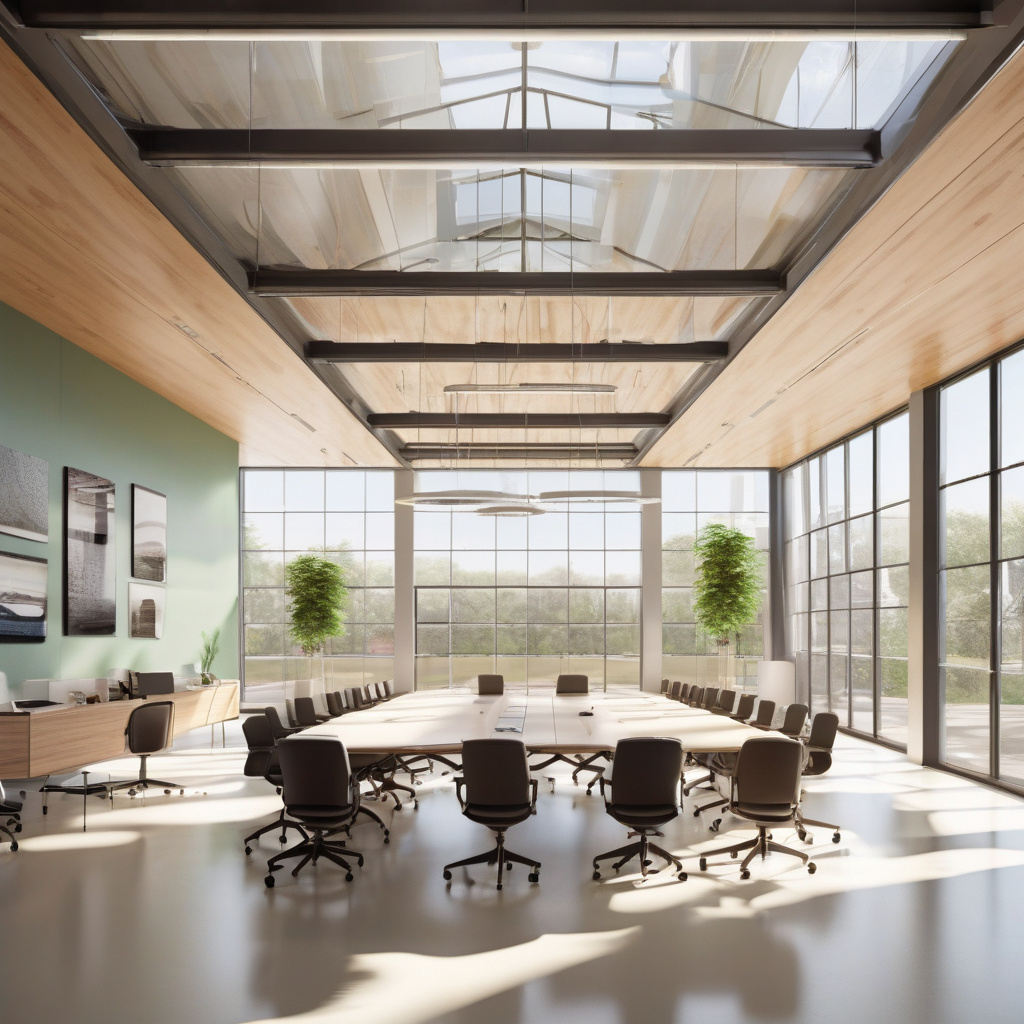In the dynamic realm of software development, the traditional handoff model between product and engineering teams is swiftly becoming a relic of the past. Picture this: a modern digital product team convenes in a sleek glass-walled conference room at a cutting-edge tech hub in Seattle. Seated around the table are not just the product manager and engineers, but a diverse ensemble including a UX designer and a data analyst. Their focus? It’s not on finalizing features or ironing out a product roadmap; instead, they are deeply engrossed in what is now commonly known as “product discovery.” This pivotal phase involves a collaborative deep dive into user pain points and needs long before a single line of code is even contemplated.
This scene, reminiscent of gatherings in leading tech companies, signifies a profound shift in the dynamics of product and engineering collaboration. The conventional approach of sequential handoffs—where product teams dictate requirements and then pass the baton to engineers for implementation—is unquestionably on the wane. The era of siloed workflows and isolated decision-making is giving way to a more integrated, cooperative model of working together.
So, what exactly does this transformative shift entail for product and engineering teams? It’s about fostering a culture of continuous collaboration and shared ownership over the entire product development lifecycle. Rather than compartmentalizing responsibilities and knowledge, teams are embracing a more holistic approach where insights from diverse perspectives are valued right from the outset. This means that product managers, engineers, designers, and analysts are no longer operating in isolated bubbles but are actively engaging with each other to align on goals, explore solutions, and iterate rapidly based on real-time feedback.
By breaking down traditional barriers and promoting cross-functional collaboration, organizations are reaping a host of benefits. For starters, this integrated approach leads to a clearer understanding of user needs and market dynamics, resulting in products that are not just technically robust but also resonate deeply with end users. When product managers and engineers collaborate closely from the get-go, the chances of misinterpretation or misalignment are significantly reduced, leading to smoother development cycles and faster time-to-market.
Moreover, this newfound synergy between product and engineering teams paves the way for innovation to flourish. When diverse skill sets and perspectives converge early in the product development process, creative solutions can emerge organically, driving product differentiation and competitive advantage. The iterative nature of collaborative exploration ensures that ideas are stress-tested, refined, and validated iteratively, minimizing risks and maximizing the potential for breakthrough innovations.
Take, for instance, the story of a well-known e-commerce platform that revolutionized its approach to collaboration. By fostering a culture of shared accountability and open communication between product managers and engineers, the company witnessed a dramatic improvement in product quality and customer satisfaction. Features that once took months to deliver were now being shipped in weeks, thanks to the seamless synergy between product vision and technical execution.
In conclusion, the evolving landscape of product and engineering collaboration is steering teams towards a more integrated, iterative, and customer-centric approach. By transcending the traditional handoff model and embracing a culture of continuous collaboration, organizations can unlock new levels of innovation, efficiency, and customer value. As the digital landscape continues to evolve at a breakneck pace, the success of product development initiatives will increasingly hinge on the ability of teams to work together seamlessly, drawing strength from their collective expertise and insights. So, let’s bid farewell to the era of handoffs and embrace a new paradigm of collaboration that propels product development towards greater heights of success and impact.

